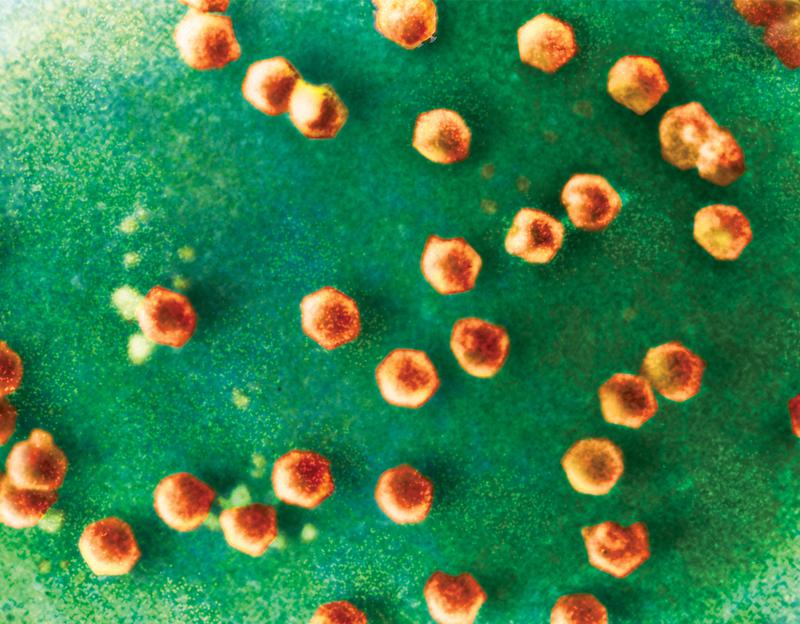Context
-
Plankton of the genus Halteria, recently researchers claim to have found, can each consume 10,000 to a million virus particles a day, increase their population using the metabolised energy, and provide more food for the zooplanktons that consume the Halteria. This could be significant for the marine food chain.
What are plankton?
- Plankton are microscopic organisms that can only move with a current.
- They don’t have any facilities to actively propel themselves.

Photo Source: The Hindu - Halteria plankton are ciliates, meaning they have hair-like structures called cilia on their surface.
- Sometimes they can beat some of these cilia to jump short distances, but not often as it requires too much energy.
- A type of plankton the phytoplankton is found nearer the surface of many water bodies.
- It is an autotroph, which means it can make its own food by consuming carbon dioxide, among other compounds, through photosynthesis.
- Small fish and larger plankton called zooplankton eat phytoplankton for their nutrition; they are in turn eaten by larger fish, and so forth.
- When phytoplankton die, they drift around where they are, becoming part of a coastal nutrient cycle, or they drift down towards the seafloor, where they decompose.
- Their constituents then become available for microbes or are sequestered into the seafloor.
- So, phytoplankton bring carbon and other nutrients from the atmosphere and sea surface down to the seafloor and help replenish the food chain (and also ‘trap’ carbon into their own bodies and as sediments).
- They are joined by bacteria that make their own food by oxidising sulphur, iron or hydrogen, in a process called chemosynthesis.
The role of Halteria
- Halteria plankton are found in large numbers in freshwater bodies.
- They are heterotrophs meaning they can’t produce their own food. Instead, they are well-known bacterivores they consume bacteria to power themselves.
- By also consuming viruses for nutrition, Halteria plankton can recover the nutrients lost in the viral shunt and bring them back into the food chain.
Redemption for viruses
- Viruses are the single-most populous life-form on Earth; their cumulative biomass outweighs that of humans by a factor of 1010.
- Some protists (eukaryotes that aren’t plants, animals or fungi; eukaryotes are organisms whose cells have nuclei) might be munching on viruses.
- Halteria plankton reduced the population of chloroviruses ‘fed’ to them while growing their own numbers whereas Paramecium ciliates consumed the chloroviruses but didn’t proliferate.
- Second, as the population of viruses and Halteria changed over the course of their interaction (in the lab).
Reference: TH
Visit Abhiyan PEDIA (One of the Most Followed / Recommended) for UPSC Revisions: Click Here
IAS Abhiyan is now on Telegram: Click on the Below link to Join our Channels to stay Updated
IAS Abhiyan Official: Click Here to Join
For UPSC Mains Value Edition (Facts, Quotes, Best Practices, Case Studies): Click Here to Join
